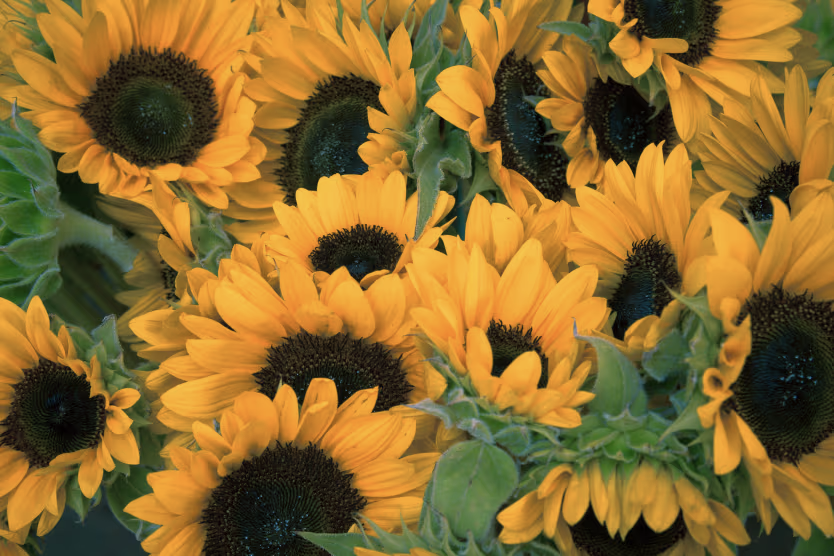For years, when I would go and stay with my dad on Great Barrier Island, I would arrive to a freshly cleaned house with jasmine, freesias or wildflowers packed into vases in every room. Their scents filled the house, and those smells will forever take me back there.
As humans, we are naturally drawn to beauty, colour and scent. It’s not so much a logical pull but an instinctual, emotional one. From the beginning of time, humans have lived in connection with plants and have revelled in the sensory experience of flowers. They have a way of lifting our spirits and bringing joy to any occasion.
There’s much to support this notion too. Behavioural research conducted over a 10-month period by Rutgers University explored the link between flowers and life satisfaction. Their findings revealed that flowers trigger happy emotions, positively affect social behaviour, are natural moderators of moods and have strong beneficial effects on our overall health and wellbeing.
The study also showed that flowers have an immediate and long-lasting impact on happiness and moods, with participants expressing “true” or “excited” smiles upon receiving flowers and demonstrating extraordinary delight and gratitude. This reaction was universal and occurred across all age groups. Reported long-lasting effects included feeling less depressed, anxious and agitated after being given flowers and displaying a heightened sense of the joy of life.
Flowers are central to all of life’s biggest moments – birthdays, graduations, weddings, anniversaries and funerals. They are a way of showing love to those we share them with. By growing your own flowers, you can soak up their beauty in your garden before bestowing them on friends and family.
If you’ve never grown flowers before, don’t feel daunted – there are many varieties that require minimal effort and will reward you generously. Try growing some in pots if garden space doesn’t allow it. Or, if you’re not able to grow your own, buy yourself a big vase and make it your mission to fill it regularly with bunches of fresh flowers from your local markets or florists and let those heady fragrances fill up your home. The joy and sense of wellbeing that they bring will be worth every penny.
Flowers to grow for wellbeing

Daisies
Plant them in full sun as these flowers prefer a lot of light. Keep them well watered. Daisies grow in sand or most soils except for very wet ones.
Prepare the ground well before planting and raise the garden bed a little to ensure drainage. They are not good in areas with heavy frosts.

Dahlias
Plant from late August to late October or after the last frost. Plant in well-drained soil in full sun. Fertilise well with an organic fertiliser.
Dahlias will develop buds from early summer and bloom through the autumn, or until the weather cools considerably. Taller varieties will need staking. Deadhead regularly.

Sunflowers
Sunflowers are typically bright yellow, although they also come in red, orange and striped varieties. Sunflowers are annuals that grow well in fertile, well-drained soil. They like a lot of sun (6-8 hours of sunlight each day).
Before you plant, enrich the soil with some compost. Sow sunflower seeds in spring or early summer when the soil is starting to warm up. They typically flower within about 8-10 weeks.

Sweet Peas
Most sweet peas are summer flowering and need at least 12 hours of daylight before they can flower. They prefer a sunny position away from strong blustery winds. Stake or provide support for taller growing varieties.
Seeds can be sown in autumn in a sunny, well-drained site. In cooler areas, it’s best to wait until spring. Sweet peas require regular watering, especially as the temperature increases.

Lilies
There are three main types of lilies – Asiatic, oriental and trumpet. Lily bulbs are available from early winter and are best planted soon after. Lilies prefer moist, well-drained soil year-round and full sun to light shade.
Enrich the soil with peat, compost or well-rotted organic material to help retain moisture and improve drainage. Once bulbs are established, mulch in spring and autumn. Lilies flower from November through to March. As your lily grows tall you may need to tie it to a stake to help keep the flower and stem growing upright.







